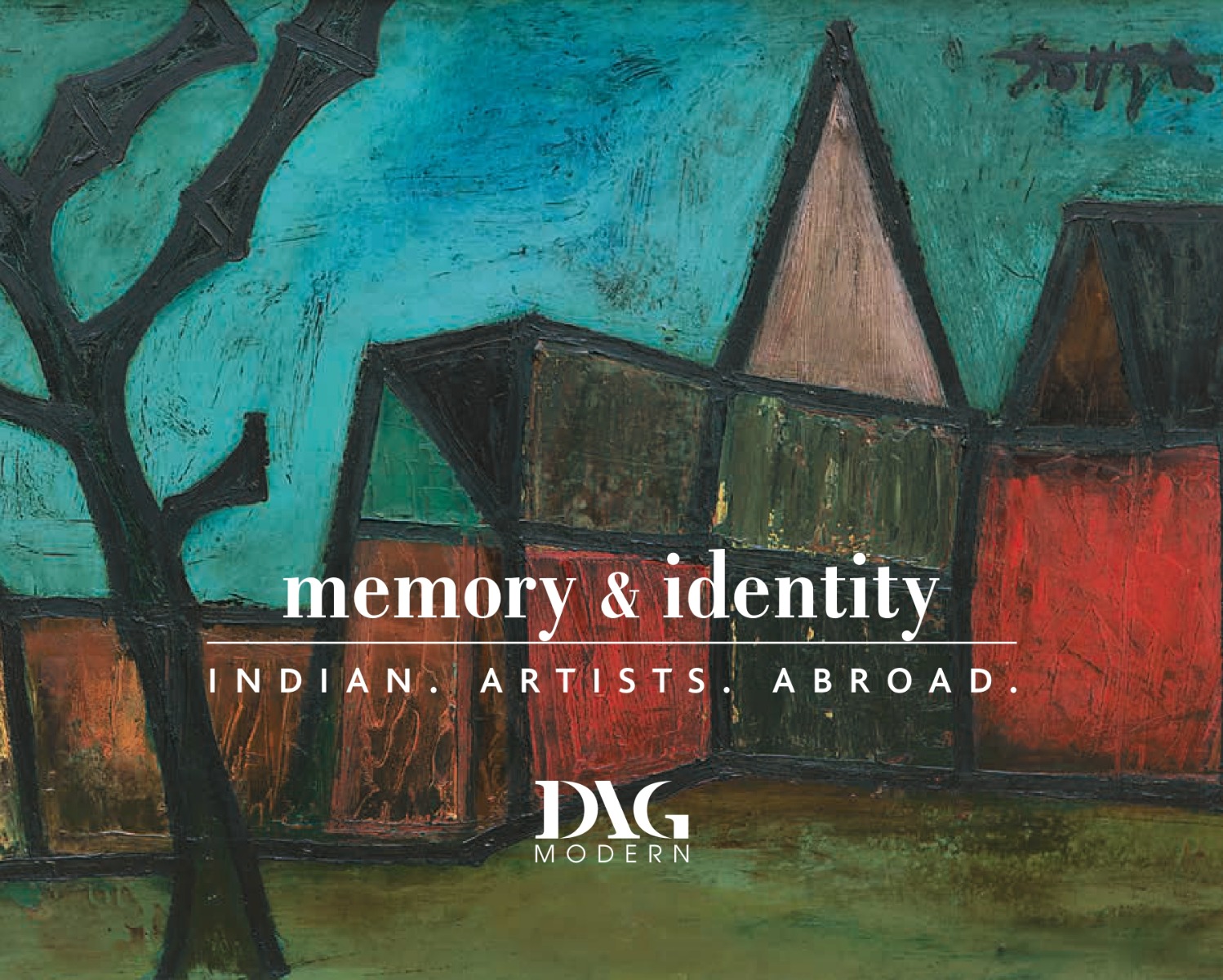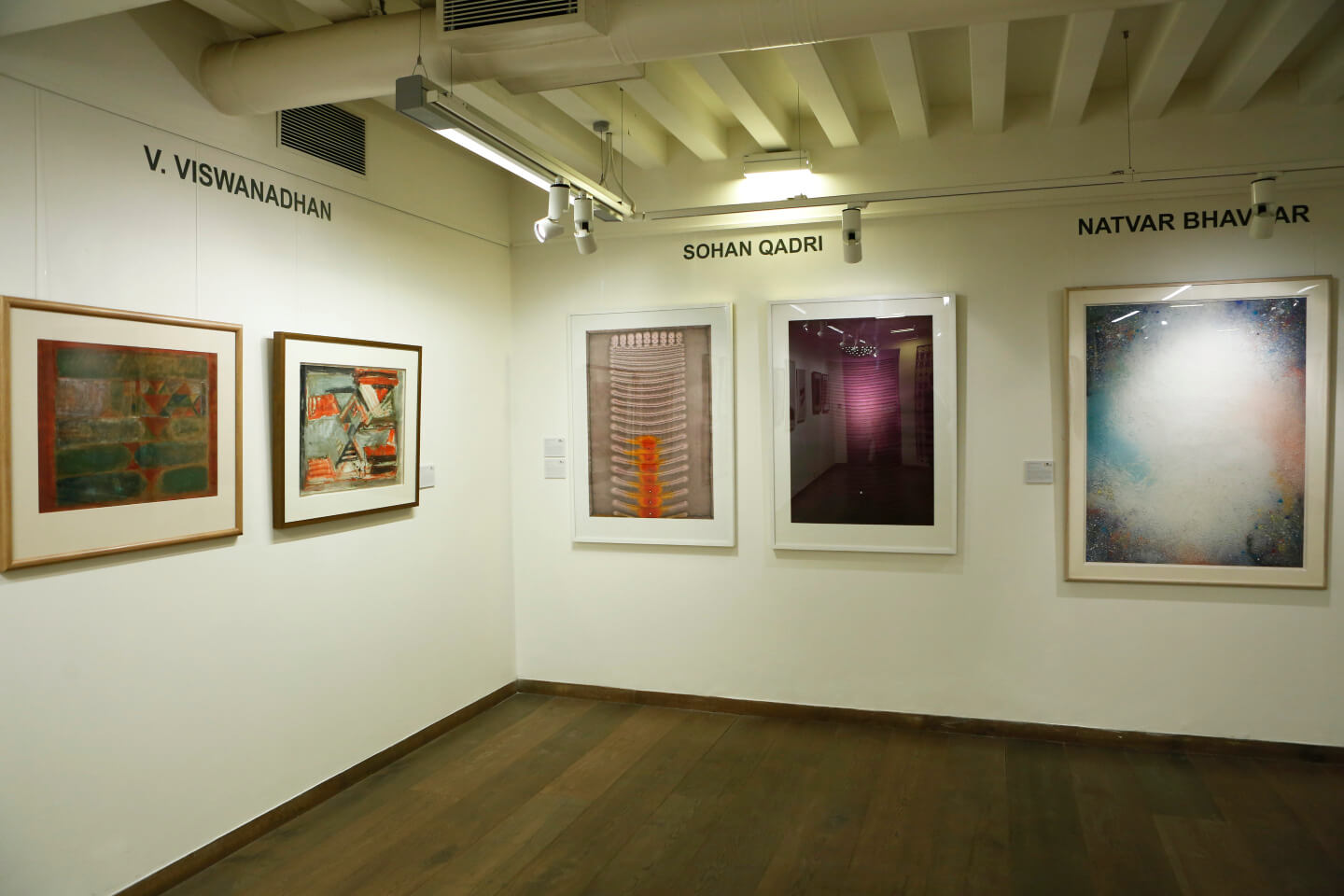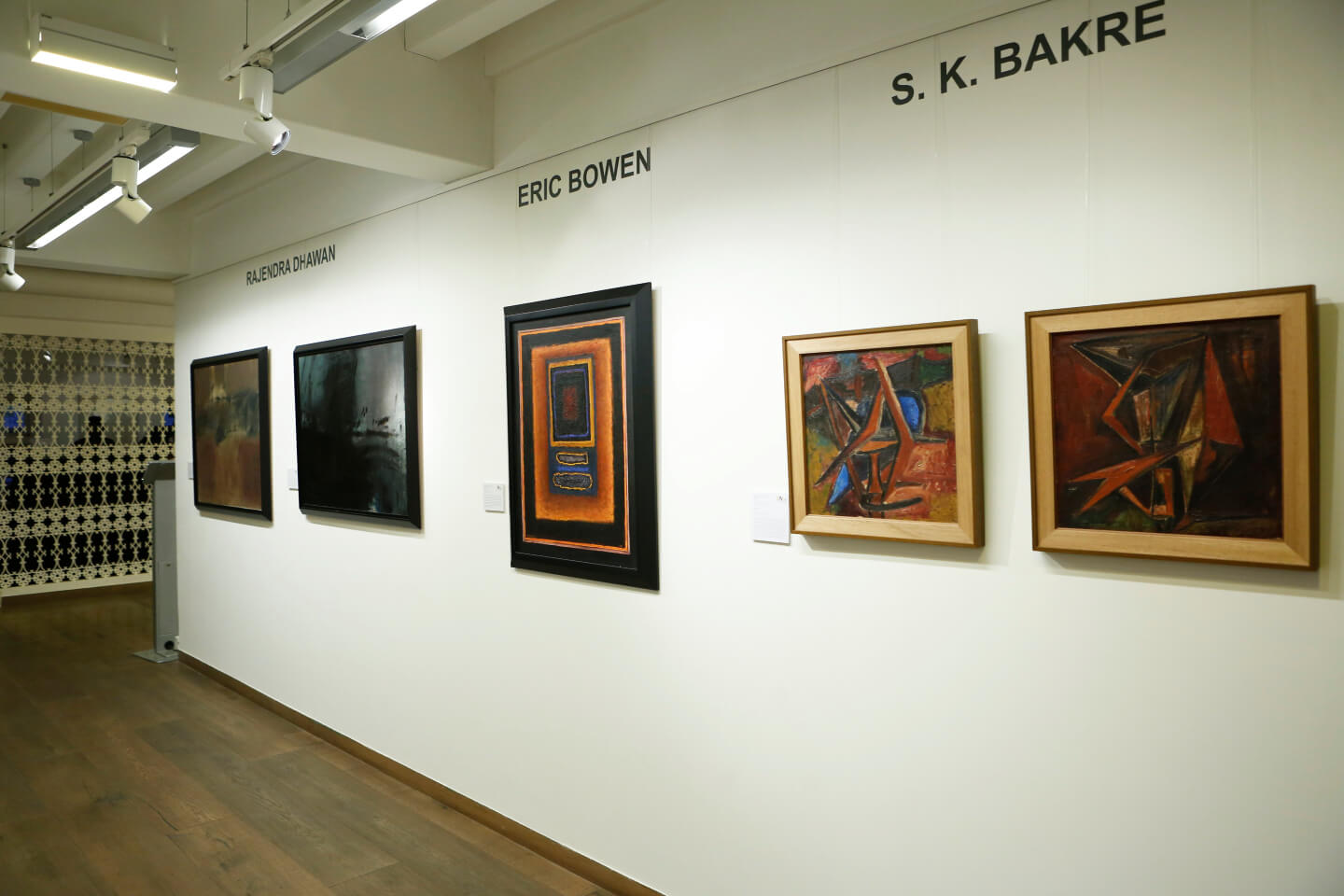Memory & Identity
Memory & Identity
Memory & Identity
|
Gallery Exhibition Memory & IdentityIndian Artists AbroadMumbai: Kala Ghoda, 4 March – 30 June 2017
New Delhi:
Hauz Khas Village, 19 December 2016 –
New York:
The Fuller Building, 15 September – |
|
|
Artists
|
‘The internationalism of modern art makes it difficult for the critic to claim a distinctive type of art for his own country’ – Herbert Read |

all artworks
Exhibition and Events







